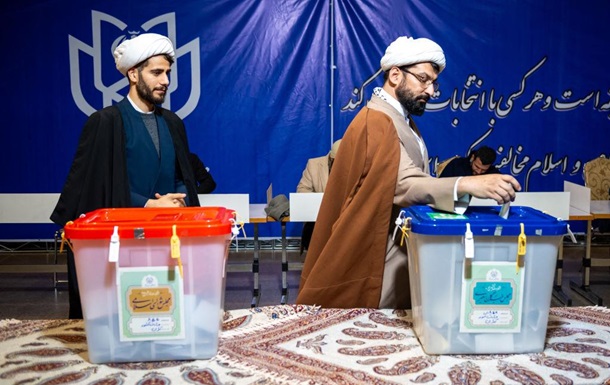Overall, there were about 60,000 polling stations in Iran. A record number of candidates — over 15,200 people — were allowed to participate in the parliamentary elections, with around 1,700 of them being women.
Approximately 25 million Iranian citizens took part in the parliamentary and Assembly of Experts elections held the day before on Friday. The overall voter turnout was only 41%, as reported by the IRNA agency on Saturday, March 2.
Voting in Iran lasted for 14 hours, with the Ministry of Interior extending the voting period twice. There were about 60,000 polling stations in the country, and a total of 61 million Iranians were eligible to vote, with 3.5 million having the opportunity to vote for the first time. Vote counting is ongoing.
A record number of candidates — over 15,200 people — were allowed to participate in the parliamentary elections, making up almost 75% of the total number of initially registered candidates. Approximately 1,700 of the candidates allowed to run were women.
The first session of the new parliament will take place at the end of May.
On March 1, elections were also held for the Assembly of Experts — an advisory body that determines Iran’s Supreme Leader. 144 candidates competed for 88 seats in the Assembly, selected by the Council of Expediency from 510 candidates registered to participate in the elections.
Many candidates advocating for reforms in Iran were banned from participating in the parliamentary elections. Some political figures, including former Iranian President Hassan Rouhani, were not allowed to run in the Assembly of Experts elections.
The Assembly of Experts is elected for eight years by the secret vote of Iranians eligible to vote, and has the authority to appoint the country’s Supreme Leader.
Earlier in Tehran, a protest organized by the families of the victims of the Ukrainian plane downed by Iranian military missiles in 2020 was dispersed.







